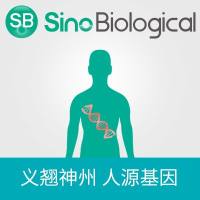Introduction of Cloning Plasmids into Agrobacterium tumefaciens
互联网
522
Most experiments utilizing Agrobacterium tumefaciens as a vector for the introduction of genes into plant cells commence in Escherichia coli . The sheer size and complexity of the Ti-plasmids precludes their direct manipulation. Thus, insertion is usually into a comparatively small binary vector, which is then propagated in E. coli , before being introduced into A. tumefaciens , where the larger, complementing vir plasmid mediates gene transfer to plants. Typically, the binary plasmid will be based on a broad host range replicon, of IncP, IncQ, or IncW derivation, capable of replication in both bacterial hosts. Its construction will have resulted in the binary plasmid possessing the following features:
| 1. |
A selectable marker for bacterial cells;
|
| 2. |
A selectable marker for plant cells;
|
| 3. |
A multiple cloning site (MCS) and/or expression site; and
|
| 4. |
The Ibft (LB) and right border (RB) from the Ti-plasmid T-DNA, positioned to define a pseudo T-DNA containing the plant selectable marker and the MCS.
|







